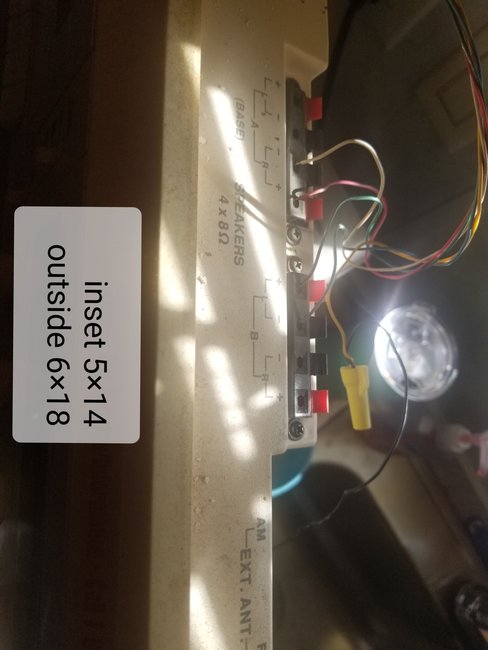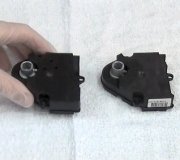You are mis-thinking this. The impedance of a speaker does not affect sound quality any more than adding a racing stripe makes a car go faster. Back up for a minute and think about the thousands of different audio products for homes and cars. They are all different sizes and shapes to be used in different applications, and to appeal to different people. Every one of them has its own unique circuitry to produce signals strong enough to run a speaker. Each circuit uses different capacitors, coils, resistors, and transistors that together combine to work best within a specific range of frequencies. Of all those carefully-selected parts, one of them is an "inductor". Meaning a coil of wire, and it is attached to a paper cone. You call that a speaker. If you change any one of those parts, you change some characteristic about the circuit's performance. It could be so extremely insignificant that you cannot tell the difference. It could result in distortion from part of the signal being "cut off" and not making it to the speaker. It could result in high notes being amplified more than lower notes.
Compare this to replacing a spark plug wire with 20,000 ohms resistance with a new wire that has 25,000 ohms. It is highly doubtful you will notice any difference in engine performance, unless, of course if the old wire was bad. Put a more free-flowing air filter on and is the engine going to take in more air? Nope. It just has to work less to do it.
To confuse the issue even more, lets suppose you measured the AC resistance, (impedance), to be four ohms at 1,000 hertz. That same speaker might present 50 ohms of impedance at 5,000 hertz. Your original speaker might present eight ohms impedance at 1,000 hertz, and the replacement four-ohm speaker presents eight ohms at 1,050 hertz. What I am not doing a good job of saying is impedance is a factor mainly of frequency, not of the actual DC resistance of the coil of wire. Impedance is also affected by the diameter of the coil of wire, the physical size of the magnet inside it, and its strength, how closely the coil sits to that magnet, and the number of loops of wire in that coil.
This is why measuring a speaker's resistance with an ohm meter is not terribly practical. If you remove the speaker wires at the radio, measure the resistance between them with the old 8-ohm speaker attached at the other end. First, to be accurate, put the meter's probes together and see what you get on the meter's lowest range. Typically you will find around two to five ohms. That is the resistance in the meter's leads and must not be part of the measurement, so it has to be subtracted from the speaker wire reading. My guess is you are going to find the total resistance of the speaker and the wire will be around ten to 20 ohms That is the number the engineers used when designing the circuit, and they designed it so it could operate properly with a range of resistances.
You also must remember that it was not all that long ago that speakers were not put in cars. When they became popular "necessities" in the 1950's and 1960's, nothing was standardized. It was real common to find an original speaker listed as a 4-ohm speaker, but there were 12-ohm speakers, and some other uncommon ones too. Eight ohms became somewhat of a standard, and today speaker manufacturers list them as such because a lot of people think it is more important than it really is.
As a side note, you will not find warning labels on consumer products warning that they can be damaged by using the wrong speaker impedance. At most, some hifi purists claim they can tell the difference in these little things, but what is important is if it sounds good to you when you are done.
Sunday, November 25th, 2018 AT 6:11 PM



